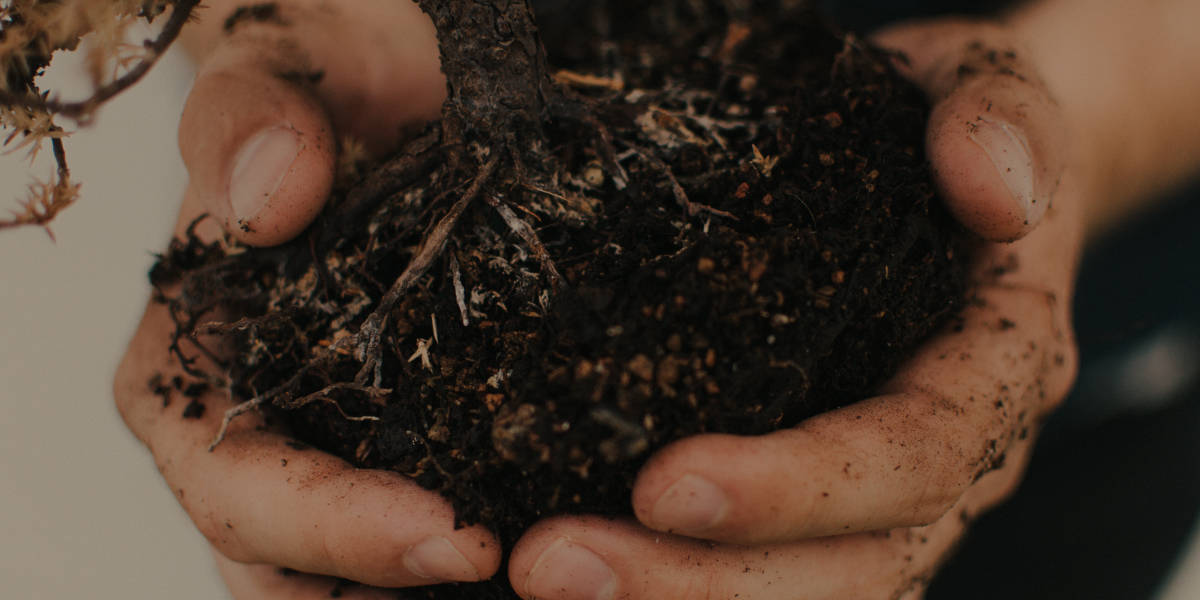The quality of your soil can be the difference between a blooming, healthy garden and a yard full of drooping plants you struggle to keep alive. Fortunately, if you know what to look for, it’s fairly easy to tell when your soil needs help. And, if it is time for a refresh, there are some excellent products available to help you restore life to your landscape.
Plant Problems
One of the most obvious signs your soil needs a refresh is that your plants are dying. Balanced, healthy soil supplies essential nutrients to plants, and if your soil quality declines, your plants may end up getting too much of some nutrients and not enough of others. Poor soil quality can also leave your plants thirsty and contribute to weed growth and pest problems.
Check your plants regularly for signs of wilting, brittleness, discoloration and pest-related damage. If any of these issues occur, your soil may be to blame.
Poor Water Absorption
Have you noticed puddles of water on top of your soil? When the quality of your soil goes down, it doesn’t absorb water as effectively. Instead of soaking in, the water often pools at the surface — which means less water reaches your plants’ roots.
After you water, and after it rains, check your soil and plants. If it seems like the water isn’t permeating through the ground, or like your plants aren’t getting enough to drink, it’s probably time to refresh your soil.
Hard, Compacted Soil
The structure of your soil — in other words, how the soil particles are arranged and how much space there is between them — has a major impact on your plants’ ability to thrive. The more compacted soil gets, the harder it is for roots to grow through it. This makes it difficult for plants to take in nutrients and water. Compact soil can also prevent water from percolating through the ground evenly, so some areas may end up with too much water, while other areas don’t get enough.
Usually you can tell whether your soil is overly compacted just by looking at it (think of what the soil on a highly trafficked hiking trail looks like). You can also tell by how the soil feels. Ideally, it should be crumbly and soft to the touch.
Lack of Life
If you take the time to really explore good-quality soil, you’ll notice a variety of living organisms. Some, like earthworms and insects, you can see with the naked eye, and others, like bacteria and certain types of fungi, can only be seen under a microscope. Many of these living organisms are beneficial to your garden because they help control pests and maintain the nutrient balance and fertility of your soil.
Examine your soil from time to time to make sure it’s home to plenty of life. While it’s still a bad sign if you have too many unwanted pests, a population of beneficial bugs means your soil is better equipped to support your plants.
Erosion
Better soil quality typically means less erosion. When soil absorbs water effectively and is rich in beneficial organisms, harsh weather conditions such as wind and rain have less impact. This is because healthy soil supports plant growth, and plants help mitigate erosion. Also, the more water the ground absorbs, the less soil washes away with the storm water.
Keep an eye out on windy and rainy days to see how much your soil is affected. If it seems to be eroding more than it used to, it may be time to take action.
When your soil seems like it would benefit from a bit of a pick-me-up, amendments such as Agromend and Compost 100™ are a great way to give it the boost it needs. Want more tips on keeping your soil healthy? Please feel free to contact us — we’d love to hear from you!

